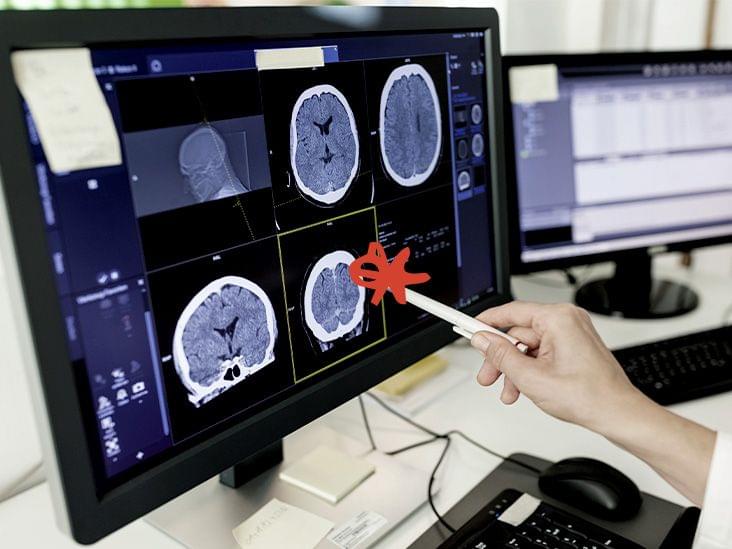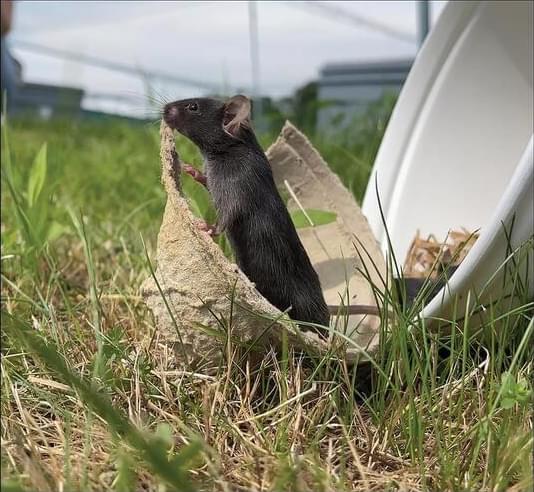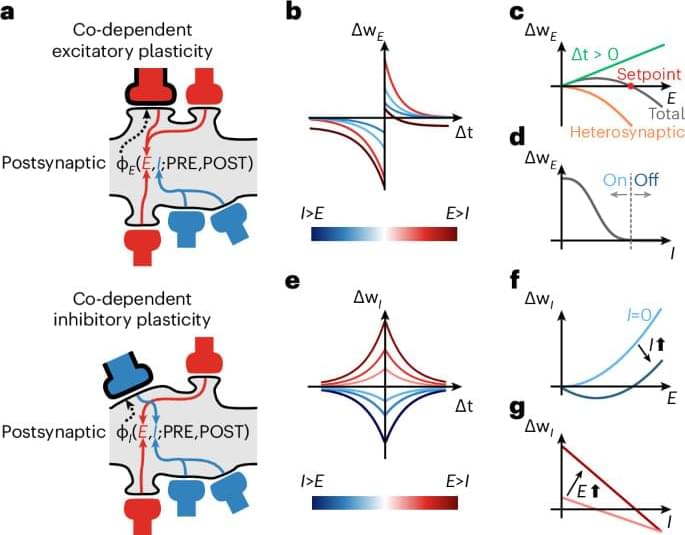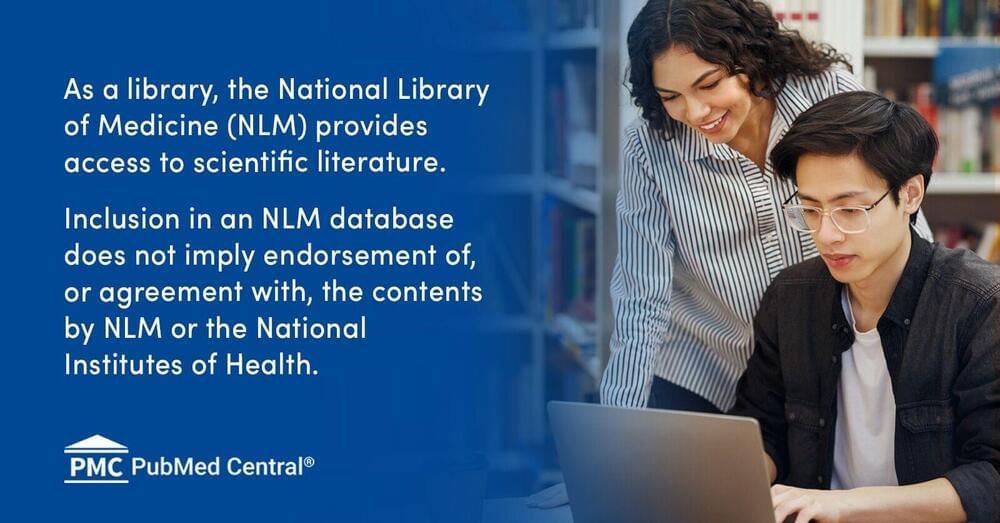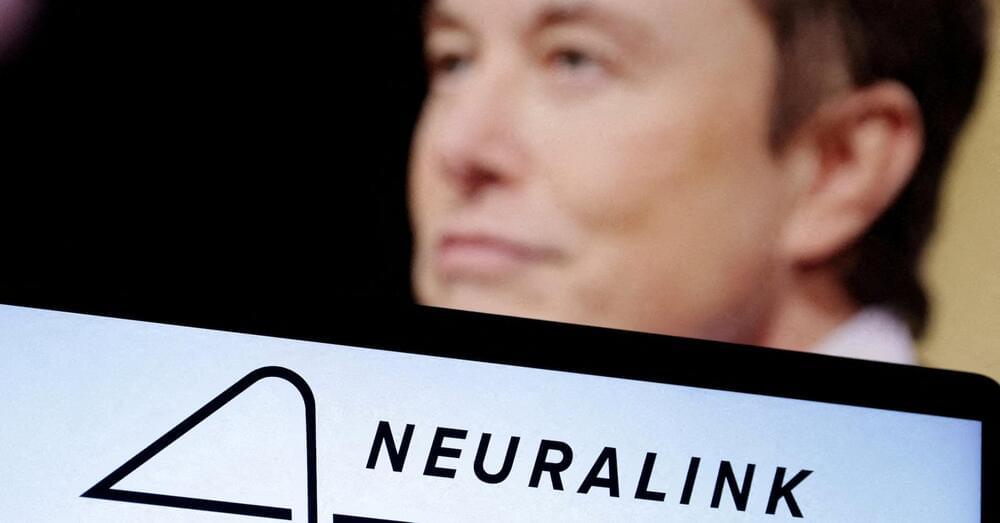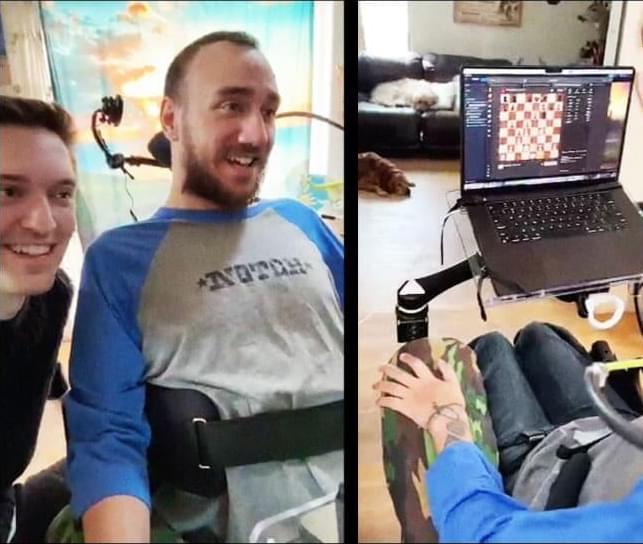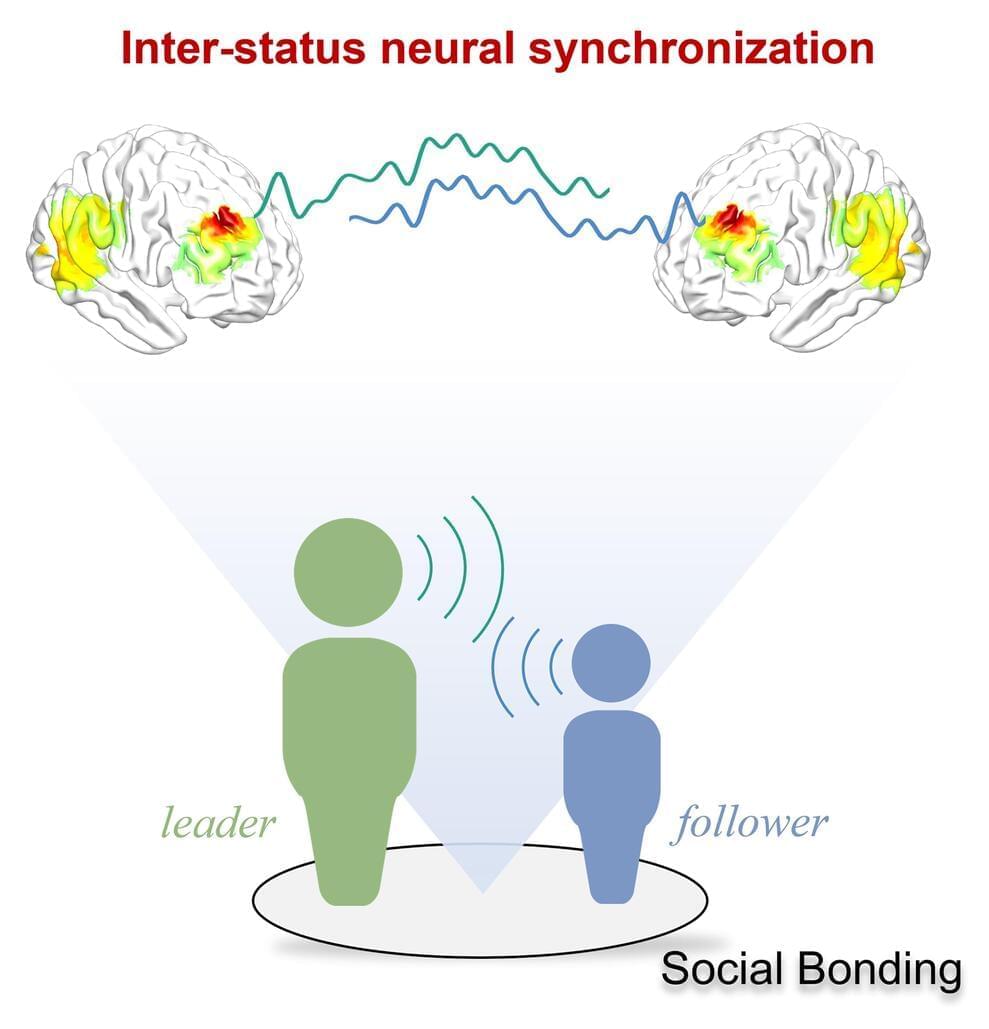Mar 21, 2024
X-Ray activated nanoparticles halt Alzheimer’s in study
Posted by Dan Kummer in categories: biotech/medical, health, nanotechnology, neuroscience
A novel approach in the field of Alzheimer’s research is emerging that could potentially transform how we tackle this debilitating disease. Recent studies have revealed a paradigm shift in understanding Alzheimer’s pathology, emphasizing the importance of targeting the early-stage aggregation of the pathogenic amyloid beta (A-beta) protein, specifically focusing on its soluble oligomeric form.
Over the past three decades, conventional treatments for Alzheimer’s have largely been ineffective, primarily due to their focus on combating the fibrillar form of A-beta. However, emerging research suggests that it is the soluble oligomeric form of A-beta that poses the greatest threat to neuronal health, leading to cognitive decline and neurotoxicity.
A recent breakthrough in Alzheimer’s treatment has come from the development of an antibody capable of recognizing both oligomeric and fibrillar forms of A-beta, offering newfound hope to the field. This innovative therapy has demonstrated promising results in delaying disease progression by up to 36% in individuals with early-to-mild cognitive impairment.
